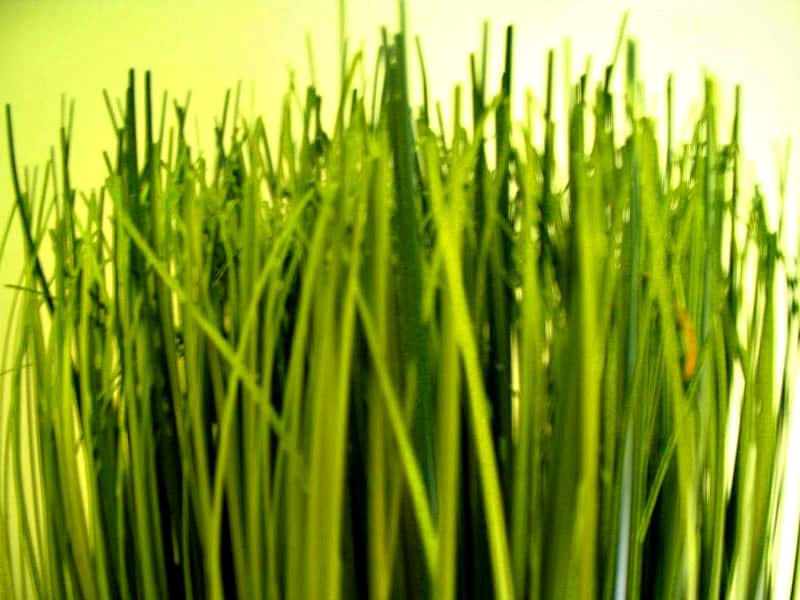Sizing up real grass vs artificial grass
Is artificial grass a great alternative? Here's a look at how real grass and artificial grass stack up against each other in three major aspects.

There’s no doubt that lush, green lawns are quite nice to look at, but caring for one is not an easy task. Is artificial grass the solution? Here’s a look at how real grass and artificial grass stack up against each other in three major aspects.
Ease of maintenance
There’s no doubt here. When it comes to ease of maintenance, artificial grass trumps the real thing. With artificial grass, you get a green, well-trimmed lawn all year round without watering, mowing, weeding, and fertilising. Plus, artificial grass is made to withstand heavy traffic, so you won’t have to worry about it losing its original form until after several years.
Of course, artificial lawns still require some maintenance, which involves hosing down the surface, raking, or vacuuming it to keep it clean. However, since artificial lawns in homes don’t usually get too dirty, it’s still much easier to deal with its upkeep compared to real grass.
Lifetime cost
Real grass often costs less upfront, considering its cheaper material and installation costs. However, maintaining a natural lawn can make the costs pile up. Apart from the water bills, you’ll also have to either pay for lawn mowing services or for the petrol needed to power your lawn mower if you opt to do it yourself. Adding the cost of the gardening tools and the price of the sacks of fertiliser you’ll use can jack up the lifetime cost of maintaining a real grass lawn.
On the other hand, artificial grass carries a higher price tag when it comes to materials and installation but makes up for it with its minimal maintenance requirements. Apart from the occasional cleaning services that you might want to hire for it, you won’t have to spend much else throughout its lifetime. However, you should also remember that artificial lawns don’t last forever, and you’ll probably have to replace them in ten or 25 years, depending on their use. Most artificial grass suppliers usually offer a warranty of seven or eight years for their products.
The green factor
This is where things get more confusing. Many artificial grass suppliers say that a synthetic lawn is eco-friendly because of reduced water bills, less oil used for lawnmowers and reduced emissions from these machines as well. However, many green organisations also have a few gripes about synthetic grass. For one, its manufacturing process also causes emissions. Second, it doesn’t absorb carbon dioxide or rainwater, unlike real grass. Deciding which one is the greener option is definitely difficult because of the many grey areas.
So which one is the better choice? It probably depends on individual factors such as location and purpose. For places where growing real grass is a problem due to difficult climates, an artificial lawn is a great option. Synthetic might also be better for you if you don’t have the time or strength to maintain a natural lawn.
On the other hand, if you don’t mind the upkeep that comes with a real lawn, and you think that the look, smell, and feel of real grass can’t be replaced, then go natural instead. Remember, you can always hire a lawn mower to keep your lawn well-manicured.